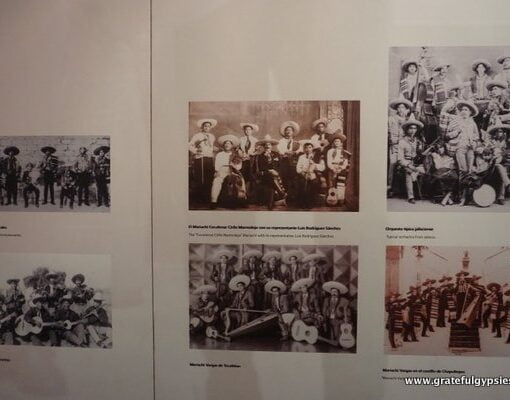As the 2020 United States elections draw near, this is the perfect occasion to learn how Spanish speakers talk about elections and democracy in la lengua de Cervantes.
Based on the principles of la democracia “democracy”, the electoral process is an essential component of any modern country’s political system.
In the case of the election itself, it may be referred to as la elección o las elecciones, either in singular or plural. However, there is another popular term for it: los comicios, from Latin comitium, meaning “election to distribute public offices among candidates”. Be aware that comicios is always used in the plural form.
Among the many elements that are common for carrying out an election, we have nouns like el voto “vote”, la papeleta or la boleta “ballot”, and la urna “ballot box”. (Yes, in some Spanish-speaking countries, urna is also a synonym of ataúd “coffin”.)
Meanwhile, there are some words belonging to the elections’ glossary that share similarities in Spanish and English. For example, the electoral system itself and the right to vote is called el sufragio “suffrage”; the name for the group of people entitled to vote in a specific geographic area is similar in both languages: el electorado “electorate”; and the period in which a winning candidate holds public office is known as el mandato, practically the same as “mandate”.
Another Spanish noun bearing an obvious resemblance to its English equivalent is colegio electoral “electoral college”.
Generally, a geographic area being represented by one or more elected officials may receive one of two names in Spanish: la circunscripción and el distrito electoral, which are equivalent to “constituency”, “electoral district” or “riding”.
In the case of la Cámara de Representantes (House of Representatives), every constituency is represented by one seat, which may be translated as el escaño o la curul (pl. curules) in Spanish, each one to be held by diputados and diputadas (male and female representatives). Escaño or curul are the names for each seat in any given legislature or parliament, even for el Senado (Senate) and each one of los senadores and las senadoras (male and female senators).
Finally, regarding the leader of a country’s executive branch, he or she may be known as presidente “President”, jefe de Estado “Head of State”, jefe de Gobierno “Head of Government”, mandatario or gobernante.
Go ahead and use these words when explaining to your Spanish-speaking friends how elections are held in your country.
Posteado en Spanish Articles (Facebook)





